 A few surprises have been revealed in Intel’s CPU database updates today. It turns out that some U-Series processors – the ones we expected only to appear in Ultrabooks – will have HD4xxx graphics. Given that Intel had previously said that Ultrabooks will only have GT3 graphics (HD5000 and Iris HD5100) it could mean that mainstream laptops will also have the option of U-Series SoCs and therefore the possibility of smaller mainboards and S0ix support (for Windows 8 Connected Standy.) It’s confusing and we’re trying to get clarification from Intel but we’ve got an overview of the part numbers, TDP, clocks and graphics below including some Y-Series processors and the real meaning of “6W SDP” which is actually an 11.5W TDP CPU.
A few surprises have been revealed in Intel’s CPU database updates today. It turns out that some U-Series processors – the ones we expected only to appear in Ultrabooks – will have HD4xxx graphics. Given that Intel had previously said that Ultrabooks will only have GT3 graphics (HD5000 and Iris HD5100) it could mean that mainstream laptops will also have the option of U-Series SoCs and therefore the possibility of smaller mainboards and S0ix support (for Windows 8 Connected Standy.) It’s confusing and we’re trying to get clarification from Intel but we’ve got an overview of the part numbers, TDP, clocks and graphics below including some Y-Series processors and the real meaning of “6W SDP” which is actually an 11.5W TDP CPU.
Overview of 4th-Gen Core (Haswell) U-Series and Y-Series Processors
Intel 4th-Gen Core i3
Intel® Core™ i3-4158U Processor
3M Cache, 2.00 GHz, no Turbo Boost, 28W TDP, Intel Iris HD5100 Graphics (1.1Ghz max clock, dual-slice GT3)
Intel® Core™ i3-4100U Processor
3M Cache, 1.80 GHz, no Turbo Books, 15W TDP, HD 4400 graphics (1Ghz max clock, single slice GT2)
Intel® Core™ i3-4010Y Processor
3M Cache, 1.30 GHz, no Turbo Boost, 11.5W TDP (6W SDP), HD4200 graphics (850Mhz max clock, single slice GT2 )
Intel® Core™ i3-4010U Processor
3M Cache, 1.70 GHz, no Turbo Boost, 15W TDP, HD 4400 graphics (1Ghz max clock, single slice GT2)
Intel 4th-Gen Core i5
Intel® Core™ i5-4350U Processor
3M Cache, 1.4Ghz nominal, up to 2.90 GHz Turbo, 15W TDP, HD 5000 graphics (1.1Ghz max clock, dual slice GT3), vPro
Intel® Core™ i5-4288U Processor
3M Cache, 2.6Ghz up to 3.10 GHz Ghz Turbo, 28W TDP, Intel Iris HD5100 graphics (1.2Ghz max clock, dual slice GT3)
Intel® Core™ i5-4258U Processor
3M Cache, 2.4Ghz up to 2.90 GHz Turbo, 28W TDP, Intel Iris HD5100 graphics (1.2Ghz max clock, dual slice GT3)
Intel® Core™ i5-4250U Processor
3M Cache, 1.3Ghz up to 2.60 GHz Turbo, 15W TDP, HD 5000 graphics (1Ghz max clock, dual slice GT3)
Intel® Core™ i5-4200Y Processor
3M Cache, 1.4Ghz up to 1.90 GHz Turbo, 11.5W TDP (6W SDP), HD4200 graphics (850Mhz max clock, single slice GT2 )
Intel® Core™ i5-4200U Processor
3M Cache, 1.6Ghz up to 2.60 GHz Turbo, 15W TDP, HD 4400 graphics (1Ghz max clock, single slice GT2)
Intel 4th-Gen Core i7
Intel® Core™ i7-4650U Processor
4M Cache, 1.7Ghz up to 3.30 GHz Turbo, 15W TDP, HD 5000 graphics (1.1Ghz max clock, dual slice GT3), vPro
Intel® Core™ i7-4558U Processor
4M Cache, 2.8Ghz up to 3.30 GHz Turbo, 28W TDP, Intel Iris HD5100 graphics (1.2Ghz max clock, dual slice GT3)
Intel® Core™ i7-4550U Processor
4M Cache, 1.5Ghz up to 3.00 GHz Turbo, 15W TDP, HD 5000 graphics (1.1Ghz max clock, dual slice GT3)
Intel® Core™ i7-4500U Processor
4M Cache, 1.8Ghz up to 3.00 GHz Turbo, 15W TDP, HD4400 graphics (1.1 Ghz max clock, single slice GT2)
Intel have previously said that all Ultrabooks will get GT3 graphics processor which leaves us with these Ultrabook-targeted 4th-Gen Core processors
Ultrabook Processors
(assumed, given previous information from Intel.)
Intel® Core™ i3-4158U Processor (28W TDP)
Intel® Core™ i5-4350U Processor (15W TDP, VPro)
Intel® Core™ i5-4288U Processor (28W TDP)
Intel® Core™ i5-4258U Processor (28W TDP)
Intel® Core™ i5-4250U Processor (15W TDP)
Intel® Core™ i7-4650U Processor (15W TDP, VPro)
Intel® Core™ i7-4558U Processor (28W TDP) < High end
Intel® Core™ i7-4550U Processor (15W TDP)
Note that there doesn’t appear to be a low-end Core i3 for Ultrabooks at this stage. (Intel, naturally, can introduce variants later in the Haswell product cycle.)
Non-laptop-style products such as 2-in-1 devices, dockables and convertibles (which may not even be called Ultrabooks as far as we know right now) will take Y-Series processors with single ‘core’ (slice) graphics. These parts won’t offer much graphics improvement over Ivy Bridge but will offer the biggest battery life and small-design advantages and are the ones likely to built to Microsoft’s Connected Standby specs.
Intel® Core™ i3-4010Y Processor (11.5W TDP)
Intel® Core™ i5-4200Y Processor (11.5W TDP)
We note that Intel haven’t made any formal announcements about processor requirements for Ultrabooks this week. The latest Ultrabook definition can be found here.
Source: Intel


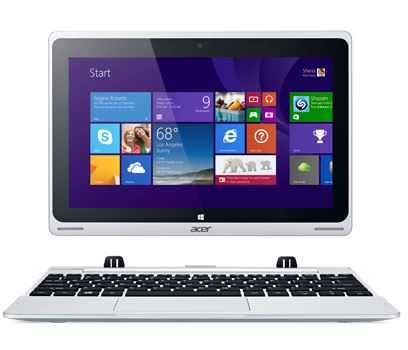
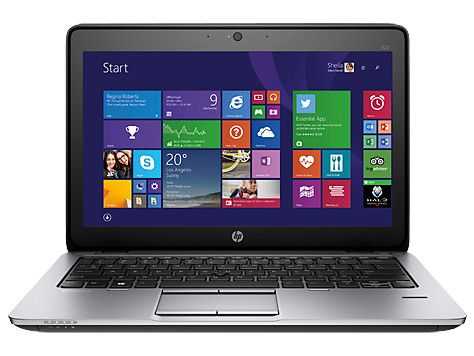
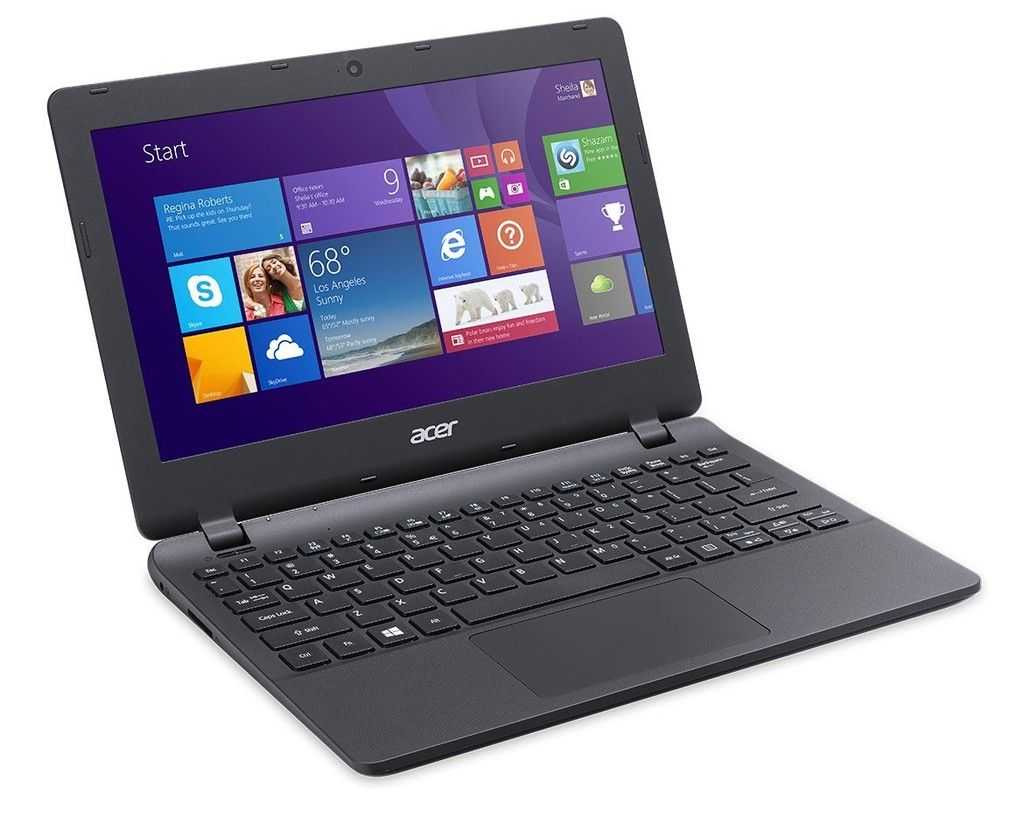

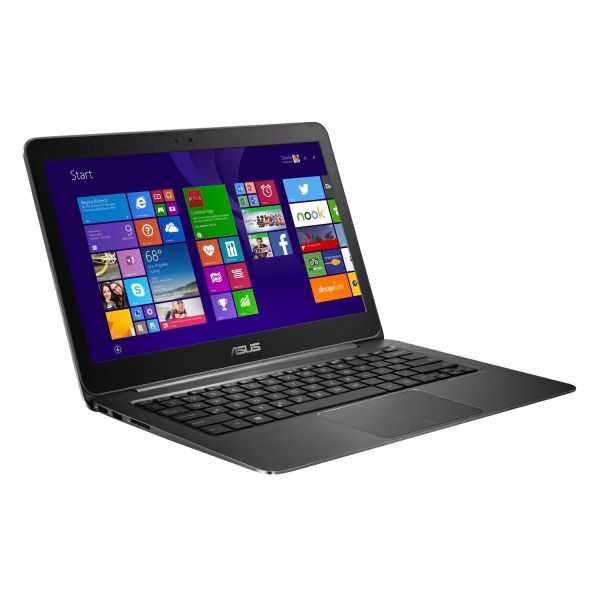



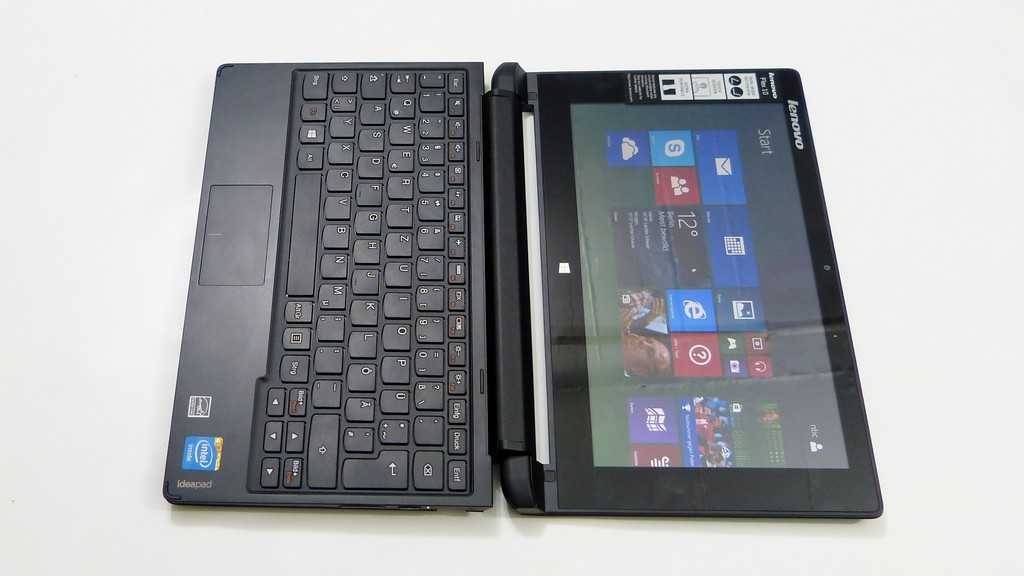
“Intel have previously said that all Ultrabooks will get GT3 graphics processor which leaves us with”
Where’d you get that? You might be getting confused with the fact that only U-series dual cores are getting GT3, variants but that doesn’t exclude it using GT2 or GT1.
Let’s give an example. In Intel’s site, they show Asus Transformer Book Trio being a 4th Gen Core Ultrabook, but that device uses a Core i7 4500U, which is a GT2 HD 4400 part.
I can’t prove it as I didn’t quote a source but “Confirmed Ultrabooks will have GT3 versions of the graphics engine” was what I reported at IDF here.
http://ultrabooknews.com/2012/09/11/haswellfirst-insights-at-idf-2012-raw-session-notes/
I’m trying to get clarification from Intel on the issue.
The point is, that a GT2 is almost the same as the old HD-4000. The changes (and measured performance improvement s) are negligible.
The ONLY thing that’s really gonna do you any favors in the GPU department is one of the GT3 flavors: Iris 5100 and Iris 5200.
Everything else is still using only 16 EUs and the ‘optimizations’ have failed to translate into frame rate improvements that would allow an HD-4400 to acceptably run a title the HD-4000 couldn’t.
I was wrong, double the EUs don’t guarantee a big improvement.
That eDram you can only get in a desktop chip that doesn’t add to TDP would be a lot more helpful in an ultrabook chip.
Its funny, given new comparison benchmarks, the difference between the 20EU HD-4400 and the 40EU HD-5000 turns out much smaller than anticipated, due to throttling to keep the 15W TDP.
So, unless the manufacturer puts that chip in a system that has enough cooling for a dedicated GPU, we’ll only see a sad ~5 fps improvement.
There appear to be no free rides with thermodynamics. :P
So, among Ultrabooks, you will find 7 Haswell chips that will not require a dedicated GPU:
Core i3…4158U…Iris 5100…28W…2.0 GHz
Core i5…4258U…Iris 5100…28W…2.4 GHz
Core i5…4288U…Iris 5100…28W…2.6 GHz
Core i5…4350U…Iris 5100…15W…1.5 GHz
Core i7…4550U…Iris 5100…15W…1.5 GHz
Core i7…4558U…Iris 5100…28W…2.8 GHz
Core i7…4650U…Iris 5000…15W…1.7 GHz
Note there’s some discrepancy between the Haswell Wiki and the list here in regards to Iris 5000 or 5100 on certain models.
The 5100 has 40 EUs vs 16 EUs on any 4xxx model
The 5200 has 40 EUs, slightly higher clockspeed and a cache to deal with memory access issues of integrated GPUs.
The 5000 specs I couldn’t find anywhere, maybe its just a 5100 with lowered clock speeds to reduce TDP.
Too bad no higher TDP quad cores coupled with one of the lower end graphics. For me, I need more multi-thread CPU power and a minimum HD 3000 graphics.
I’ve seen the video of the presentation online from beginning to the end, and while the presenters mention GT3 is there for Ultrabooks, there’s no explicit mention of Ultrabooks requiring one:
http://www.engadget.com/2013/06/01/intel-haswell-launch/
Also the Engadget slide shows something that may be important. It says on the “requirements slide”, up to 40% better graphics, but that is not part of the “checkmark” for Baseline requirements. They are just recommending it(just like how 7 hours was recommended for previous Ultrabooks and 5 hours was minimum).
One of the Engadget slide also mentions Detachables but yet another slide points Y-series SKUs being the ones that’s recommended for those Detachables. Since Y-series only have GT2, that wouldn’t work either. You have the Y-series based devices being called Ultrabook in Ivy Bridge, but not in Haswell?
Simpler point is the “U” designation. Pre-Core based devices had the unofficial “ULV”, while 1st Gen core got “UM”. Sandy Bridge 2nd Gen got M, but with Ivy Bridge they changed that to a “U” for Ultra. The chips are no longer “ULV” devices because while they are low power, they don’t run at super low voltages anymore(because of Turbo).
Annoying that we won’t see any GT3e GPUs in anything Intel permits to be called Ultrabook.
Now I could care less if a laptop got the “Ultrabook” trademark on it or not, but I’m afraid Manufacturers will be scared of loosing sales if they’re not getting the label…
I was wrong on that statement… but Intel charges a LOT for Iris versions!
Sony’s Duo 13 is so far the only Ultrathing I found that offers one as an option. As of today, In Sony’s U.S. online shop, you can find the base version for $1,399. But if you want the Core i7-4650u CPU with Iris 5000 GPU, the price pops to $1,969.
At that price, you can get a Razer Blade 14 and avoid Sony’s hybrid display you can’t tilt to your comfort.
Are the M chips not SoCs? Do they not provide much power savings from Ivy Bridge? I’d like longer battery life on ultraportables that use M chips.
No, only the U and Y chips are. By Broadwell they’ll be phasing the dual core Ms out ENTIRELY.
By phasing out, do you mean Intel is just removing the M naming and there will be a much larger range in the U and Y chips? For example the fastest M chip today is paired with the fastest U chip of the next generation. Or are you saying that M performance class mobile chips are going to be completely gone and there will be an even larger gap between mobile and desktop chip performance?
I hope it’s only a renaming thing like some of the upcoming Celeron and Pentium chips are being based on Bay Trail but not called Atoms.
Kudos to Steve Chippy Paine for writing up one of the more sensible articles detailing differences among the many Haswell models.
Most Haswell articles just seem to be copying from Intel’s marketing materials, add a few generalizations and call it a day.
I know, cause I was searching for some real info and looked at lots of “Everything you need to know about Haswell” articles that told me nothing other than what could be seen in Intel slides since January…
So thanks for getting into details, you’re even beating the Haswell wiki page in some aspects ^^
Hello Chippy.
Here are benchmark results of Core i7 4500U processor. http://omglaptop.com/processor-specs/core-i7-4500u-benchmark/